Clean energy
What is clean energy, and is it the same as green energy and renewables?
Energy efficiency Decarbonisation
The term "clean energy" refers to energy sources that do not emit greenhouse gases or other pollutants during their production. In contrast, "green energy" comes exclusively from natural sources. However, clean energy can include both renewable and non-renewable sources. For example, nuclear energy is considered clean because it does not generate polluting emissions when producing electricity. However, it is not renewable, as it relies on uranium, a finite resource. Renewable energy comes from sources that are constantly replenished, such as the sun or the wind.
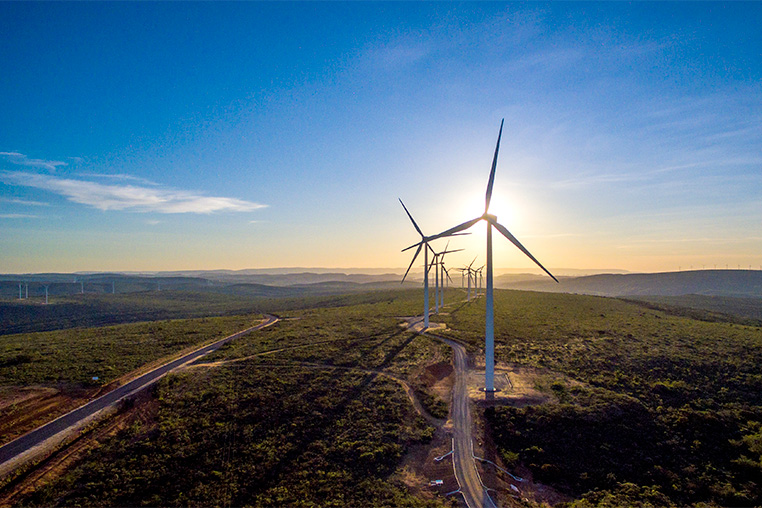
Clean energy plays a central role in the climate goals of the Paris Agreement, the international treaty aimed at limiting the global rise in temperatures to below 2°C. What’s more, the seventh United Nations Sustainable Development Goal sets the target of ensuring universal access to clean, affordable, safe, sustainable and modern energy. However, the growing energy demand and the worsening climate crisis highlight the urgent need to decarbonize and electrify energy systems.
The difference between clean energy, green energy and renewable energy
Fossil fuels, such as coal and oil, are not considered clean energy sources because they release large amounts of greenhouse gases, such as carbon dioxide and methane, during combustion.
Therefore, the optimal clean energy mix is one that integrates both green and renewable sources, such as solar and wind power, ensuring a more sustainable energy future.
Here is a definition for each of these key terms:
- Clean energy: A good way to remember which types of energy are considered “clean” is to think of “clean air”. Clean energy comes from sources that do not release pollutants into the atmosphere, including carbon dioxide, methane and nitrous oxide.
- Renewable energy: This kind of energy comes from a source that is effectively infinite, and that is replenished in a short amount of time.
- Green energy: To be classed as green energy, it must come from a completely natural source, such as wind, sunlight or water, and have little to no ongoing environmental impact.
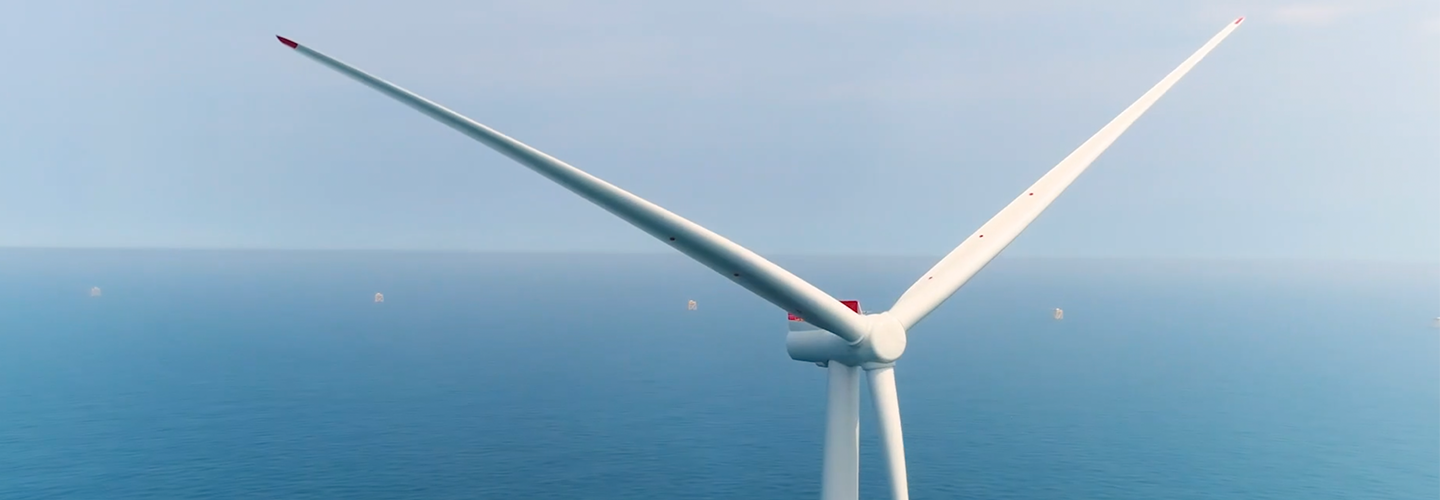
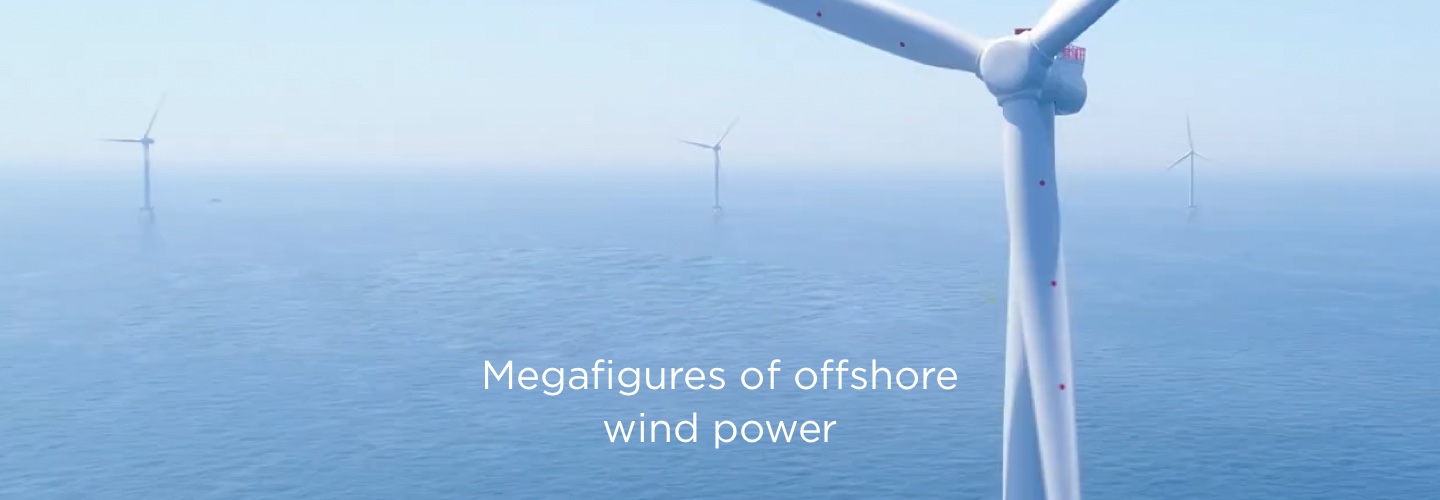
The most common types of clean energy, and how they work
In a bid to raise awareness about the importance of clean energy, and the need for a transition to these sources for the benefit of the people and the planet, the United Nations General Assembly designated 26 January as the International Day of Clean Energy. Here is a full description of the types of clean energy that are being championed by the UN and other international organisations as a way to decarbonise energy generation and end the world’s reliance on fossil fuels.
The future of energy will be clean
In its 2024 World Population Prospects report, the United Nations forecasts that the number of people on the planet will continue growing for another 50 or 60 years, rising from the 8.2 billion recorded in the year of publication to approximately 10.3 billion by the mid-2080s. In the same report, the UN stated that the multiplicative effect that population growth has on greenhouse gas emissions means that it is urgent to decouple economic activity from the current overreliance on fossil-fuel energy. This will be particularly important where populations will continue to grow through to the end of the century.
Given this outlook, it will be crucial to opt for sources of energy that are clean, safer, abundant and much less harmful to the environment.
According to predictions from the US Energy Information Administration (EIA), global electricity generation will primarily be met by zero-carbon technologies by 2050, with the combined share of coal, natural gas and petroleum to decrease to between 27% and 38% of the installed global capacity. In its latest International Energy Outlook report, the EIA predicts that factors such as population growth and increased energy consumption thanks to improved living standards will drive a shift from fossil fuels to clean energies. As much as 95% of the new electric-generating capacity that will be installed from here to 2050 to meet this new demand will be based on zero-carbon technologies, the EIA predicts.
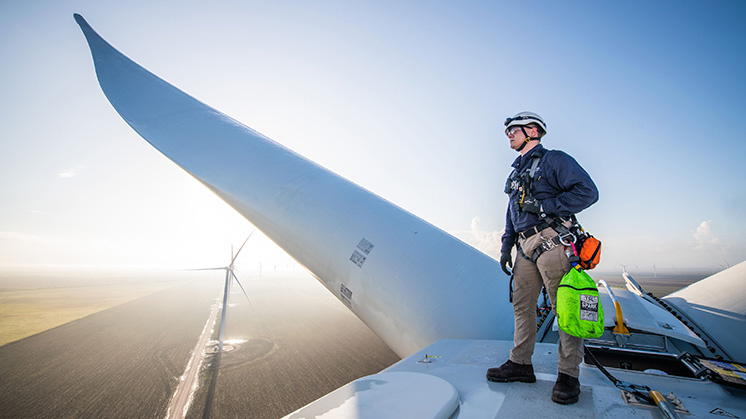
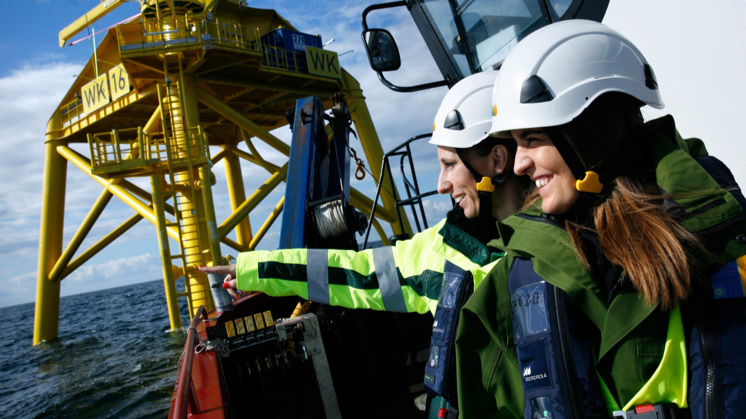
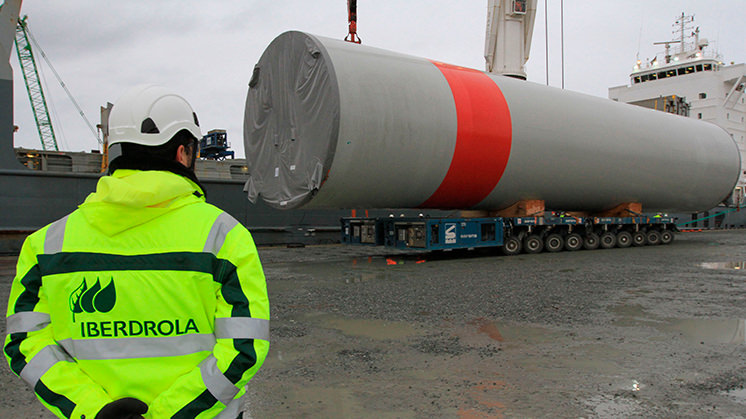
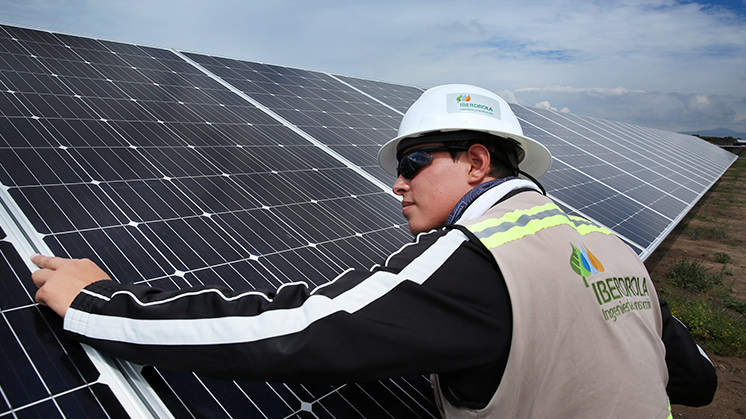

The advantages of clean energies
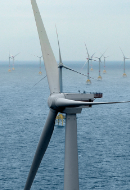
International Day of Clean Energy
At Iberdrola we work to promote a sustainable and efficient energy model for all.

What is a carbon footprint?
Why is reducing it so important to combating climate change?
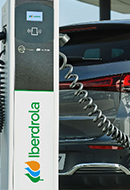
Sustainable Development Goal 7
Affordable and clean energy, why is it so important?
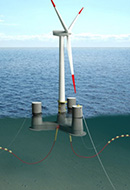
Innovation in renewables
We innovate to improve the efficiency of our renewable assets
Iberdrola's leadership in renewable energy
The Iberdrola Group is currently a world leader when it comes to renewable energy sources, counting on 44,478 MW of operational renewables as at the end of 2024. The company began its commitment to renewable energy more than two decades ago, and it is the foundation upon which it has built its clean, reliable and smart business model.
The Group’s commitment to renewables is reflected in its Strategic Plan 2024-2026, in which €15.5bn will be allocated to renewable business to facilitate selective growth in flexible technologies and storage. More than half of this amount will be focused on offshore wind in the United States, the United Kingdom, France and Germany; with 28% dedicated to onshore wind and 18% on solar.
One of the company’s major growth areas is in offshore wind. At the end of 2024, Iberdrola Group had 2,373 MW of installed offshore wind capacity, but there are plans to increase this to 6,500 MW by 2030 thanks to significant global investment. The company has focused on offshore wind investments in the US, UK, France and Germany, in line with its Strategic Plan and pursuing opportunities for growth.



















